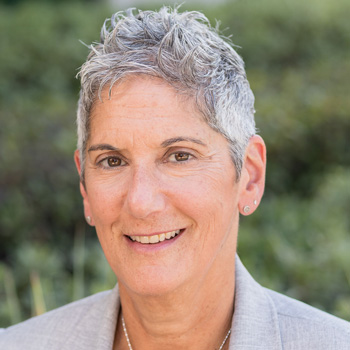California’s SB 1383 Lays Out Big Changes for Organics Management Part 2
July 25, 2022 by By Michelle Leonard, Senior Vice President, SCS Engineers
California’s SB 1383 sets robust requirements for organic waste diversion and management to reach a lofty goal of diverting 20 million-plus tons of food waste annually by 2025. That’s the lion’s share—California landfilled 27 million tons in 2017.
The legislation lays out very prescriptive requirements from collections, tracking and reporting to procurement. With those directives come significant policy, legal, and economic implications for local governments. And the need for a big change.
Jurisdictions must develop and adopt new procedures. Find new ways to work with existing partners and develop new relationships—especially with food recovery organizations— SB 1383 requires Californians to increase edible food recovery by 20% by 2025.
Meeting expectations demands rapid infrastructure expansion, a high-cost endeavor, but it will also bring opportunities for the public and private sectors.

Collaboration is key.
Municipalities must work with solid waste service providers, businesses, and residents to ensure everyone understands the requirements and can work together to meet them.
Collaboration between local government and haulers is crucial to design and implement programs to comply at a state level while considering what is most appropriate for their community. Collection programs will not be one-size-fits-all but based on location and demographics, such as business and residential dwelling types.
As they work to create new or overhaul existing collection programs, jurisdictions must also monitor organic waste management activities and outcomes, keep records and report to the state (CalRecycle).
Setting up these new processes will be capital-intensive. How we will pay is perhaps our greatest challenge. Cities are looking at changing rate structures. They are exploring state grants to implement new programs. And there will likely be a U.S. Environmental Protection Agency grant to support cities in the future.
SB 1383 should also create opportunities.
Initial studies indicate California will probably need about 100 new facilities, whether compost, anaerobic digestion, or other organic processing plants, to comply with the mandate of diverting 75% of organics by 2025.
Renewable natural gas (RNG) project developers are already looking to California for more opportunities to convert organic waste to heating, electricity, and transportation fuel.
Listen to Experts
The food recovery component of the law is perhaps its most unique feature. Recovering a tremendous amount of edible food and getting it to hungry people will happen on a learning curve.
One of the state’s greatest lessons over this past year is that it needs to listen to the food recovery organizations and let them decide how to reclaim good food within their infrastructure; then respond to their needs.
Environmental consultants can help educate jurisdictions and businesses on SB 1383 requirements, but the consultants’ primary role is to track data and report to CalRecycle. That means understanding arrangements between recovery organizations and the generators who donate to them. They have established protocols, and we let them lead.
Enforcement
Meeting all the demands of SB 1383 hinges on enforcement. Along with adopting ordinances for organic diversion, most jurisdictions incorporated an enforcement mechanism that mirrors state requirements; state enforcement begins in 2024.
CalRecycle will evaluate the jurisdiction’s compliance, and if the agency determines a violation has occurred, that jurisdiction will have 90 days to correct it or be fined.
Some previous regulations, including SB 1826 mandating commercial organics collection, and AB 341 mandating commercial recycling, had no mandatory enforcement mechanisms or penalties and violations sections. As a result, compliance was less than perfect.
This law has teeth that hopefully will lead to success in getting decomposing organics out of landfills, ultimately reducing greenhouse gas emissions. And at the same time, put would-be waste to its highest use possible.

About the Author: Michelle Leonard is a Senior Vice President of SCS Engineers and our National Expert in Solid Waste Planning & Recycling and Sustainability. She has over 35 years of experience in environmental consulting and project management, with an emphasis on Sustainable Materials Management, including solid waste management planning and facilities. Contact Michelle at MLeonard@scsengineers.com







Leave a comment